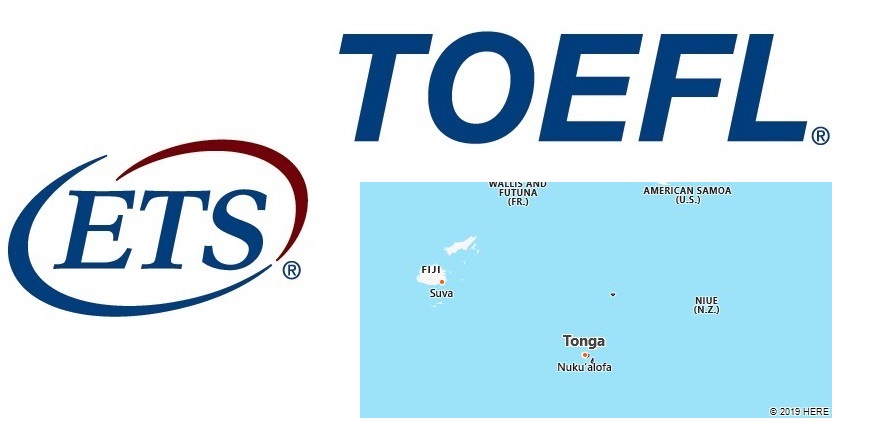The revised TOEFL Paper-delivered Test is offered in this location.
The list below shows testing regions, fees and dates as of February 15, 2019, but availability may change when you register. Fees are shown in US$ and are subject to change without notice.
| Region | Testing Format | Fee | Test Dates |
|---|---|---|---|
| Tongatapu (Code: U620) | TOEFL Paper Testing | $180 | Sat., Feb 09, 2019 |
Tonga Overview
Tonga, officially Tongan Pule’anga Fakatu’i’o Tonga, English Kingdom of Tonga [ k ɪ ŋ dəm əv t ɔ ŋ gə], German Kingdom of Tonga, country in Southern Pacific, with (2019) 104 500 residents; The capital is Nuku’alofa.
Tonga includes around 170 Tonga islands (also Friendly Islands, German friendship islands).
Population
Togo, that is the country on the coast of the lagoon (from to, lagoon, and go, coast), was originally inhabited by paleonegritic populations divided into small tribes of itinerant farmers (tingedane, tamberma, bassari, kabure or kabré); subsequently it was invaded by Sudanese people belonging to the lineage of Mossi and similar groups, coming from N, who created ephemeral states. In the southern regions the massive invasion of the Ewe (XII-XIV century) led to the unification of the natives: the Ewe constituted a sort of federation that opposed the hegemony of the country to the moved groups until the slave trade first and the European penetration then reduced, at the end of the century. XIX, the country to complete anarchy. The fact that Togo has never known powerful and evolved state organisms, capable of imparting a certain cultural homogenization to the various populations, played a role of primary importance in determining the events of the population, still characterized today by the coexistence of dozens of groups distinct ethnic groups; the main ones are the kabré (24%), the ewe (22%), the gourma (14%), the uaci (or ouatchis, 10%), the tem (6%) and others, in small minorities (24%). The population of Togo is undergoing a significant increase; the density of 99 residents / km² places the country among the most populous in West Africa. The southern regions, especially the Maritime one, are the areas with the densest settlement; the most representative groups (ewe, uaci, mina) are sedentary farmers. On the other hand, the Center and the northern regions have densities much lower than the average and are populated by groups of semi-nomads, including the kabré. The urban population is growing (in 2005 it was 39.9%), while the rural population lives in small and medium-sized villages. In the South the village is characterized by rectangular huts, especially in the more populated areas, often lined up along the road; there are numerous pile-dwelling fishermen villages along Lake Togo. In the North, on the other hand, the Sudanese village predominates with circular huts and in general a distribution more independent from the communication routes. Urban centers are largely due to European colonization. The main center is the capital Lomé, of fairly recent creation. Its name, which means “small market”, recalls the function that the city had at the time of colonialism and is confirmed by its current role as the largest commercial center, as well as the most important road and railway hub in the country. The other centers are very modest in size; located on the road and the railway that leads from Lomé to the north, they represent the hub of the most populated areas in the major agricultural and commercial districts, such as Sokodé, from which an important road branches off to Bassar (or Bassari), Atakpamé, Tsévié; Kpalimé, connected by rail to the capital, is instead located near the border with Ghana and Aného is on the coastal railway.

